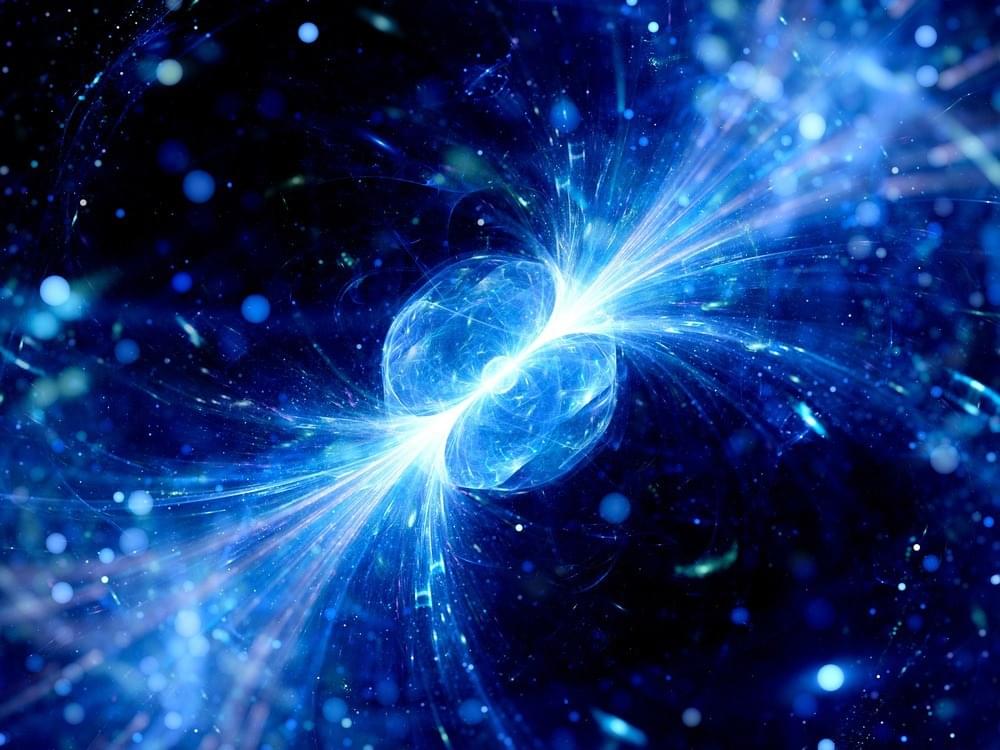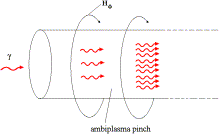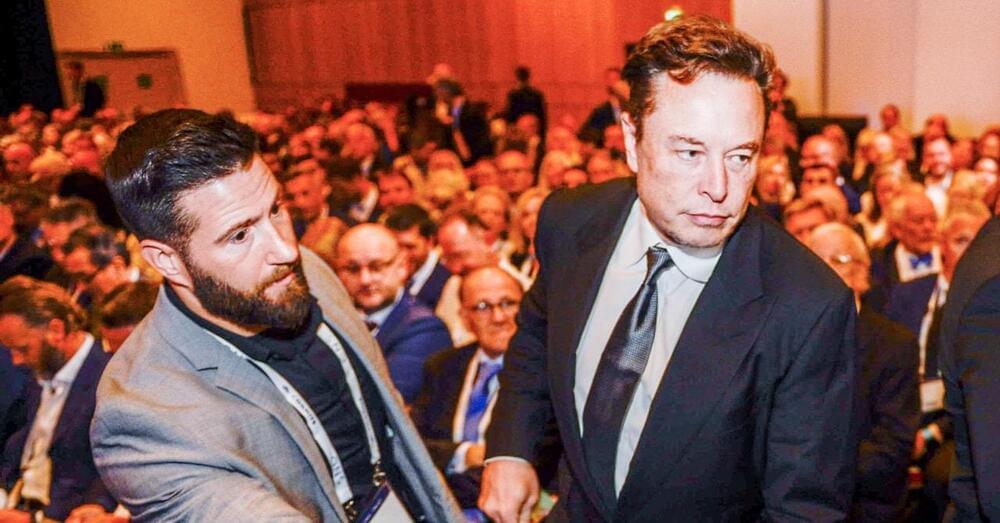Very important and completely useless.



Successfully navigating the 5G transformation requires automation every step of the way—from network planning and preparation through implementation and monetization. 5G has made the consumers more empowered and demanding and this creates a need for CSPs to monetize beyond data bundles and introduce indirect monetization mechanisms. What CSPs must now do is look at investing in platforms that enable them to monetize innovative 5G business models.
CSPs have a huge opportunity to create new complex products and solutions for the B2B2C market assembled with the help of multiple partners. But this isn’t just a one-way opportunity. The biggest benefit of this model is the CSPs’ ability to participate in value chains and ecosystems that are orchestrated jointly with partners. CSPs will increasingly use partners to extend owned capabilities across product cocreation, marketing, sales, delivery, and customer support.
Moreover, CSPs need to evolve towards becoming service enablers and partner with businesses, developers, and other players across different domains and industries in order to create unique 5G service offerings to differentiate themselves in the market. To find success in the 5G era, they will need to maintain an ecosystem of partners that allow them to innovate and expand its reach across industry verticals. This will result in automated processes, the ability to launch any partner model, reduced time to market and reduced operational costs.

He added: “Being asked to sign up for a mortgage when you have no interest in that whatsoever is annoying and spam.”
The Tesla CEO went on to describe his own penchant for social-media shopping and his targeted product advertising strategy would facilitate it.
“I’d love to see ads for gizmos. If I saw ads for gizmos, I love gizmos, of course, I’d buy them all in a click,” he said. “Even if they’re not that great, I’ll still buy gizmos. I love technology. I’ll see content for gizmos but not an ad or an ability to actually buy the gizmo.”

Everything in the Universe has gravity – and feels it too. Yet this most common of all fundamental forces is also the one that presents the biggest challenges to physicists.
Albert Einstein’s theory of general relativity has been remarkably successful in describing the gravity of stars and planets, but it doesn’t seem to apply perfectly on all scales.
General relativity has passed many years of observational tests, from Eddington’s measurement of the deflection of starlight by the Sun in 1919 to the recent detection of gravitational waves.

😀
This article focuses on the concept of gamma rays, their sources and emitters. It then focuses on the presence of gamma rays in the cosmos and how they are generated. Finally, it talks about joint research between facilities in the US and Czech Republic and how they would benefit the gamma-ray generation process.
Image Credit: sakkmesterke/Shutterstock.com
What are Gamma Rays?
In simple terms, gamma rays can be defined as packets of electromagnetic energies which are emitted after radioactive decay. In the electromagnetic spectrum, gamma rays are deemed to be the most radioactive rays of all. Gamma rays can often be confused with X rays, but the key difference is that an excited nucleus produces gamma rays in an atom instead of an excited electron.

face_with_colon_three circa 2012.
It is shown that the idea of a photon rocket through the complete annihilation of matter with antimatter, first proposed by Sänger, is not a utopian scheme as it is widely believed. Its feasibility appears to be possible by the radiative collapse of a relativistic high current pinch discharge in a hydrogen–antihydrogen ambiplasma down to a radius determined by Heisenberg’s uncertainty principle. Through this collapse to ultrahigh densities the proton–antiproton pairs in the center of the pinch can become the upper gigaelectron volt laser level for the transition into a coherent gamma ray beam by proton–antiproton annihilation, with the magnetic field of the collapsed pinch discharge absorbing the recoil momentum of the beam and transmitting it by the Moessbauer effect to the spacecraft. The gamma ray laser beam is launched as a photon avalanche from one end of the pinch discharge channel. Because of the enormous technical problems to produce and store large amounts of anti-matter, such a propulsion concept may find its first realization in small unmanned space probes to explore nearby solar systems. The laboratory demonstration of a gigaelectron volt gamma ray laser by comparison requiring small amounts of anti-matter may be much closer.


Insilico Medicine is radiating heat amid the biotech winter, kindling its fires with a Sanofi collaboration that could be worth up to $1.2 billion in biobucks—the AI drug discovery company’s larges | Insilico Medicine is radiating heat amid the biotech winter, kindling its fires with a Sanofi collab that could be worth up to $1.2 billion in biobucks—the AI drug discovery company’s largest deal to date.
Advances in brain-computer interface technology are impressive, but we’re not close to anything resembling mind control.
Go to https://buyraycon.com/isaacarthur and use code EARLYBF for 20% off sitewide! Brought to you by Raycon.
Many fear that future automation may turn out to be the bane of civilization rather than its liberator. How do we ensure we take the path to a prosperous world and not one of ruin?
Visit our Website: http://www.isaacarthur.net.
Support us on Patreon: https://www.patreon.com/IsaacArthur.
Support us on Subscribestar: https://www.subscribestar.com/isaac-arthur.
Facebook Group: https://www.facebook.com/groups/1583992725237264/
Reddit: https://www.reddit.com/r/IsaacArthur/
Twitter: https://twitter.com/Isaac_A_Arthur on Twitter and RT our future content.
SFIA Discord Server: https://discord.gg/53GAShE
Listen or Download the audio of this episode from Soundcloud: Episode’s Audio-only version: https://soundcloud.com/isaac-arthur-148927746/automated-economies-unemployment.
Episode’s Narration-only version: https://soundcloud.com/isaac-arthur-148927746/automated-econ…ation-only.
Credits:
What Happens If We Can’t Leave Earth?
Science & Futurism with Isaac Arthur.
Episode 368, November 10, 2022
Produced & Narrated by Isaac Arthur.
Written By:
Isaac Arthur.
Editors: